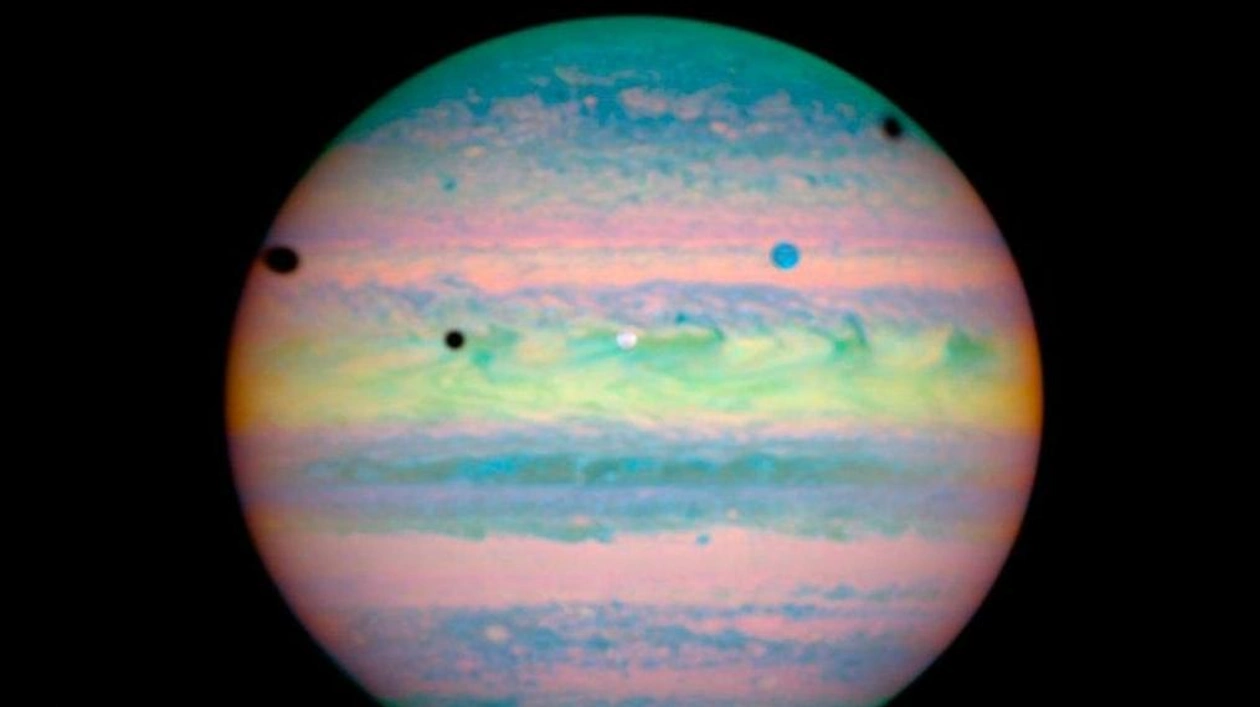Jupiter’s newly discovered moon, initially identified in September by California Institute of Technology astronomer Charles Kowal, now seems almost certain to be genuine. Known temporarily as J-XIII, the celestial body appears to orbit the planet in alignment with its rotation.
J-XIII, later named Leda, marked the beginning of a significant discovery. Scientists have since identified a total of 95 moons orbiting Jupiter, with thousands of smaller objects also in its vicinity. Some of these moons were first observed by the Voyager spacecraft in 1979. More recently, telescope surveys have revealed up to a dozen moons at once (SN: 7/17/18). Detailed investigations into the largest moons have unveiled remarkable features such as Io’s lava lakes and Europa’s icy terrain (SN: 4/18/24; SN: 12/15/22).
NASA’s Europa Clipper mission is scheduled to reach the icy moon in 2030, aiming to detect potential signs of habitability (SN: 10/15/24). Meanwhile, the European Space Agency’s Juice mission will focus on Europa, Callisto, and Ganymede starting in 2031 (SN: 12/20/23).
Source link: https://www.sciencenews.org






